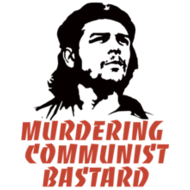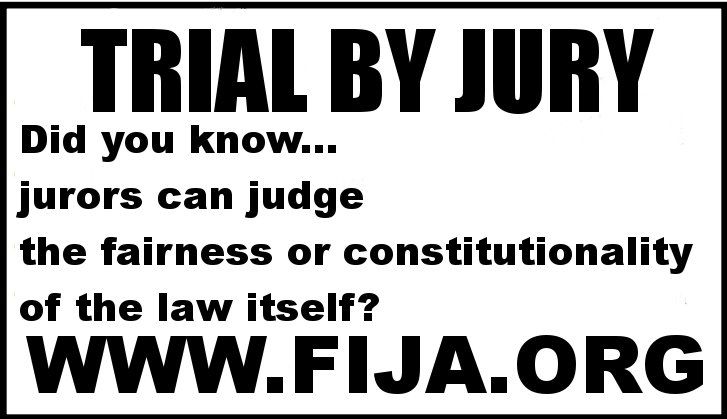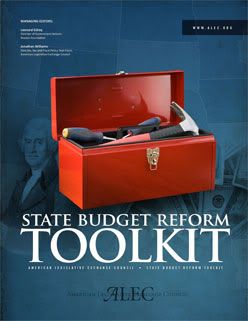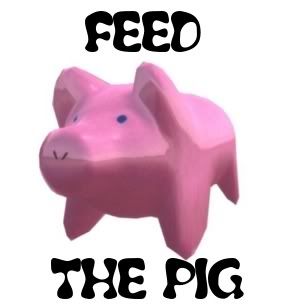The Young Americans Foundation, carrying the torch of conservatism to a new generation.
Hat Tip: Gateway Pundit
Related: The Victims of Che Guevara
Profile: Discover The Networks
Merchandise: Che-Mart, for your anti-Che swag
Mocking Che: Free Republic, from which we get these gems exposing the myth of Che...
5. HE CONNECTED WITH THE PEASANTS. In fact, he died precisely because he never connected with them. “The peasant masses don’t help us at all,” he wrote in his Bolivian diary before he was captured—an apt way to describe his journey through the Bolivian countryside trying to stir up a revolution that could not even enlist the help of Bolivian Communists (who were realistic enough to note that peasants did not want revolution in 1967; they had already had one in 1952).
6. HE WAS A GUERRILLA GENIUS. With the exception of Cuba, every guerrilla effort he helped set up failed pitifully. After the triumph of the Cuban revolution, Guevara set up revolutionary armies in Nicaragua, the Dominican Republic, Panama, and Haiti, all of which were crushed. He later persuaded Jorge Ricardo Masetti to lead a fatal incursion into that country from Bolivia. Guevara’s role in the Congo in 1965 was both tragic and comical. He allied himself with Pierre Mulele and Laurent Kabila, two butchers, but got entangled in so many disagreements with the latter—and relations between Cuban and Congolese fighters were so strained—that he had to flee. Finally, his incursion in Bolivia ended up in his death, which his followers are commemorating this Sunday.
7. HE RESPECTED HUMAN DIGNITY. In fact, he had a habit of taking other people’s property. He told his followers to rob banks (“the struggling masses agree to rob banks because none of them has a penny in them”) and as soon as the Batista regime collapsed he occupied a mansion and made it his own—a case of expeditious revolutionary eminent domain.
8. HIS ADVENTURES WERE A CELEBRATION OF LIFE. Instead, they were an orgy of death. He executed many innocent people in Santa Clara, in central Cuba, where his column was based in the last stage of the armed struggle. After the triumph of the revolution, he was in charge of “La Cabaña” prison for half a year. He ordered the execution of hundreds of prisoners—former Batista men, journalists, businessmen, and others. A few witnesses, including Javier Arzuaga, who was the chaplain of “La Cabaña”, and José Vilasuso, who was a member of the body in charge of the summary judicial process, recently gave me their painful testimonies.
9. HE WAS A VISIONARY. His vision of Latin America was actually quite blurred. Take, for instance, his view that the guerrillas had to take to the countryside because that is where the struggling masses lived. In fact, since the 1960s, most peasants have peacefully deserted the countryside in part because of the failure of land reform, which has hindered the development of a property-based agriculture and economies of scale with absurd regulations forbidding all sorts of private arrangements.































0 comments :
Post a Comment